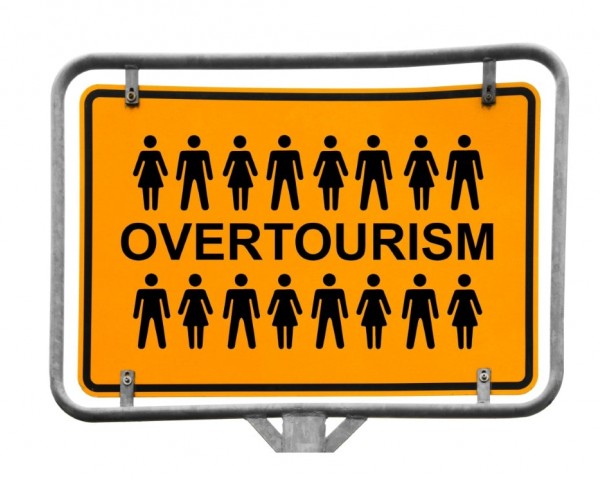Europe finds itself at a critical juncture, with overtourism putting immense pressure on both its environment and communities. Italy, France, and Spain are feeling the effects most acutely, as the sheer volume of visitors threatens to unravel the very appeal of these beloved places. The rising tide of discontent among locals and the strain on natural resources are clear indicators that something must change.
The Scale of the Crisis
Across the globe, popular vacation spots are feeling the strain of increased tourism, but it’s especially noticeable in Europe. Consider South Tyrol in Italy, where local authorities are pushing for limits on the number of tourist beds to address the overcrowding. Or the Canary Islands in Spain, where residents are protesting the skyrocketing rental prices driven by holiday apartments. Even the Acropolis in Athens has had to close its doors at times due to overwhelming crowds. Laurent de Chorivit from Evaneos points out that the tourism surge, fueled by bigger travel budgets, user-friendly online booking, and better infrastructure, has resulted in a concentration of 95% of tourists in just 5% of the world’s destinations. And, notably, around 43% of visitors to Italy, France, and Spain arrive during the peak summer months.
This concentration, as highlighted in an analysis by Evaneos and Roland Berger, creates a challenge. The sheer number of visitors can overwhelm local communities and damage ecosystems, particularly during the busiest times of the year, and solutions aren’t simple. Platforms like Instagram and TikTok play a role too, as viral posts showcasing beautiful locations like Mallorca’s bays or Santorini’s Blue Lagoon can draw even more people to already crowded spots.
Drivers of Overtourism
Budget airlines, cruise ships, and rental platforms like Airbnb are certainly factors. They make travel easier but may also encourage less sustainable travel habits. Cruise ships, in particular, can bring thousands of visitors to delicate locations like Venice and Santorini, leaving a significant ecological impact while potentially contributing little to the local economy. These ships, alongside bus tours, often lead to short bursts of intense activity, often disrupting daily routines. But overtourism isn’t just about those specific models; a high proportion of tourist accommodations compared to the number of local residents, as seen in some areas, can also put a strain on resources throughout the year.
Research from Evaneos and YouGov indicates that many travelers might not fully grasp the broader social and environmental implications of their travel choices. Social media algorithms don’t help either, often promoting well-known top destinations and further intensifying tourist flows.
The Consequences for Locals and Ecosystems
The consequences of overtourism are wide-ranging. Ecologically, vulnerable areas can suffer from pollution and damage to natural habitats. Socially, local residents may face higher costs of living, housing shortages, and a decrease in their overall quality of life. In the Canary Islands, for example, the rise in vacation rentals has made it difficult for many locals to find affordable housing. From an economic standpoint, the benefits of tourism often tend to be concentrated among a few, while many locals find themselves in lower-paying hospitality jobs.
Toward Sustainable Solutions
Experts suggest a combination of approaches to address overtourism. Some places are already taking steps: For instance, France’s Calanques National Park limits access during the summer months, and some port cities are putting caps on the number of cruise ships that can arrive. Other potential strategies include offering incentives for off-season travel, like vouchers for restaurants or museums, to help spread out tourist traffic more evenly. Stricter rules for cruise operations, limits on the number of visitors, and a greater emphasis on sustainable tourism practices are also vital.
The tourism industry itself needs to reconsider its priorities, focusing on long-term value rather than just short-term profits. By promoting destinations that are less well-known and by educating travelers about the impact of their choices, those involved can help ease the pressure on the most popular locations. Ultimately, success depends on a coordinated effort involving governments, businesses, and individual travelers to ensure tourism remains a positive force rather than a source of problems.
A Call for Change
With Italy, France, and Spain facing the repercussions of overtourism, acting quickly is critical. These treasured places could find themselves diminished, their cultural and natural riches gradually fading away, should meaningful changes fail to materialize. To ensure Europe remains attractive for those yet to come, it becomes necessary to adopt environmentally sound approaches and distribute the benefits of tourism in a fairer manner; such efforts strike a balance between the pleasures that travel offers, and safeguarding both community welfare and the natural world.

